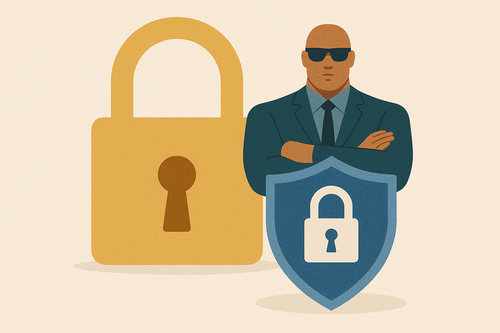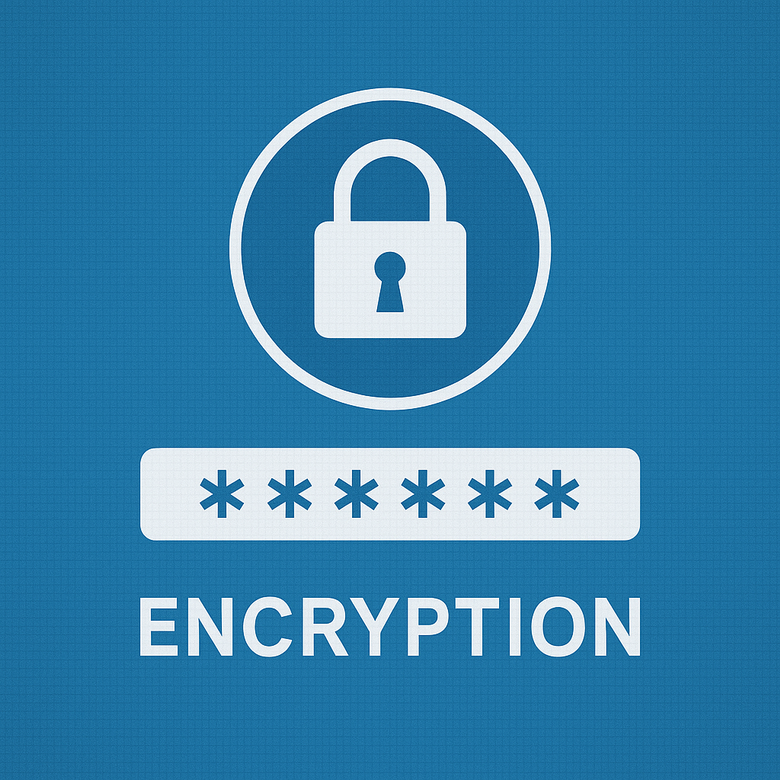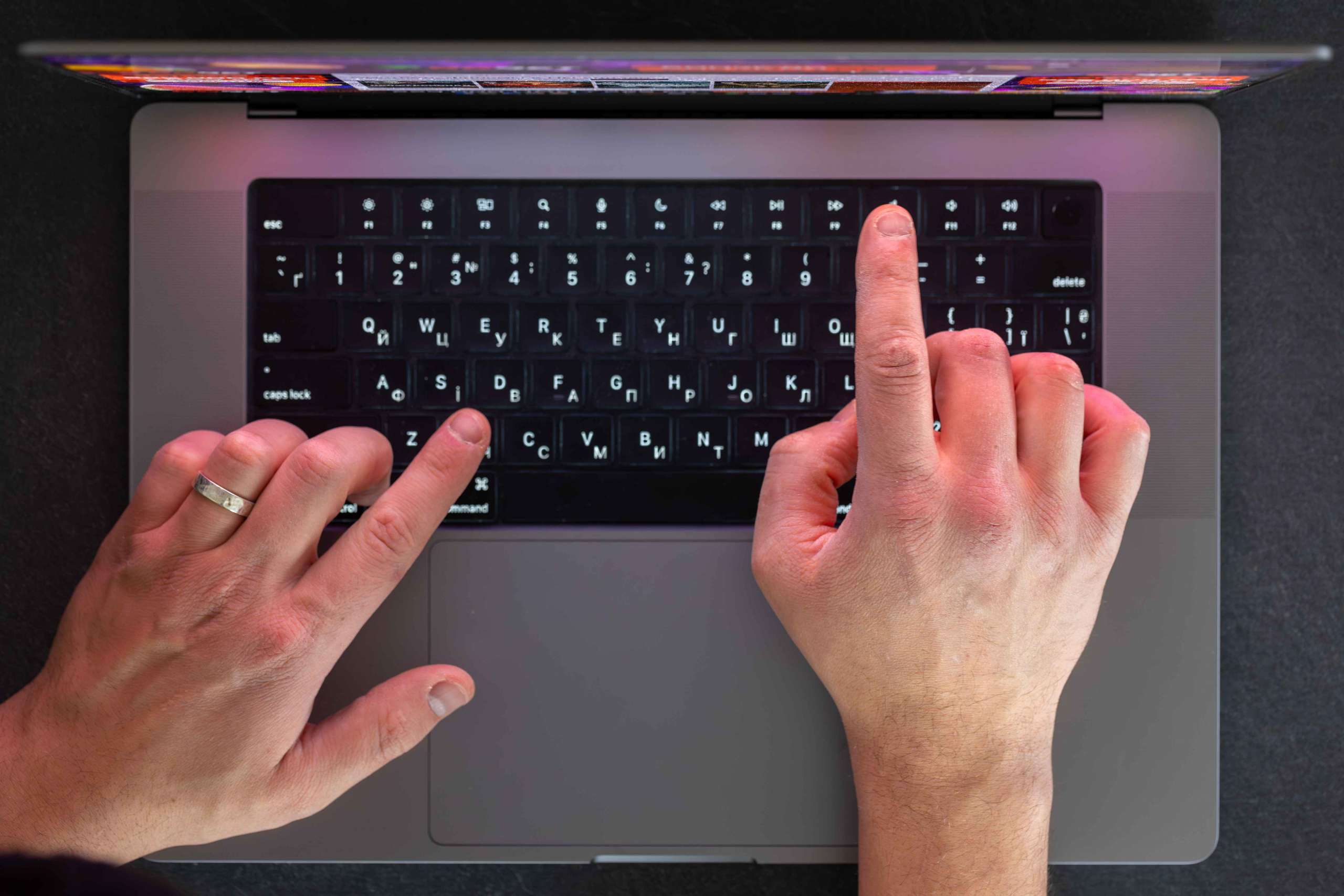Let’s Talk About Chrome Remote Desktop and Security (No, It’s Not a Spy Movie)
Ever tried hopping into your home setup from your phone while lounging beachside with a latte? Or maybe you’ve played tech support for your folks, fixing the printer without burning gas? That’s when Google’s remote access tool — yep, Chrome Remote Desktop — swoops in like your nerdy superhero.
Now the real question pops up: how secure is Chrome Remote Desktop? Giving someone remote entry into your system feels a bit dicey. Like hiding your front door key under a rock and hoping no one’s curious. Time to peek behind the curtain.
Encryption: Your Digital Bodyguard
Let’s kick off with the basics — all remote connections are encrypted to the teeth. We’re not dealing with some half-baked security here. It’s powered by protocols banks swear by: TLS and AES encryption. Think of it like putting your files behind a steel door with fingerprint access.
So when your info travels the web, it’s protected in a private tunnel. No nosy eavesdroppers, no shady business. Even if someone tried to intercept it, they’d end up with useless gibberish.

No Passwords? Nope — It’s Cleverer Than That
You don’t just dish out a password and hope for the best. This service relies on PIN-driven access — which you personally create. Please, no birthdays or “0000.” Plus, it’s tied into your Google credentials. Unless someone’s cracked that, they’re outta luck.
And with Google’s obsession over verification, logging in from a new phone feels like applying for a passport. Two-step authentication (2FA) is your trusty shield here. If it’s active, you’re good to go.
The Good, The Bad, and the Slightly Annoying
Every tool has its quirks. No tech is flawless. Here’s a rundown of what’s great — and what could use a tweak:
Upsides:
- Strong encryption keeps your data private
- 2FA gives you an added safety net
- Intuitive layout even your less-techy relatives can handle
What to watch out for:
- If your Google login gets compromised, so does access
- You can’t drag-and-drop files — only basic copy-paste
- Full control is granted, so only share with those you trust
Lock It Down: Pro Tips for Staying Safe
Just like you wouldn’t leave your car running unattended, take a few easy steps to stay secure:
- Activate two-step verification — It’s quick and makes a big difference.
- Pick a strong PIN — Avoid common patterns. Make it weird, in a good way.
- Keep software fresh — Updates fix holes you didn’t even know existed.

Used responsibly, this tool is pretty solid for personal tasks. Just don’t treat it like a digital toy.
Can You Trust It?
Short answer? Absolutely. For casual users or lending a hand to friends and family, it’s dependable. Is it military-grade? Nope. But unless you’re guarding nuclear codes, it’s more than enough.
So again, how secure is Chrome Remote Desktop? It’s safe — just don’t go tossing your PIN around like flyers. Stay alert, keep things up to date, and rely on good ol’ common sense. That’s your best shot at staying protected, whether you’re working remotely or just helping Mom reset her password.
